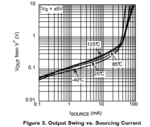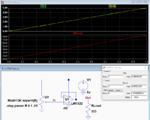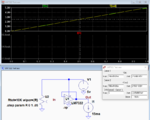Follow along with the video below to see how to install our site as a web app on your home screen.
Note: This feature may not be available in some browsers.
Linear voltage regulators maintain a constant output voltage for a given range of input voltage (variable input voltage). If output voltage is constant, then output current will be constant.
Low.. depends on the regulator of course. 50 mV maybe if it is a MOS type ?how much of that would be lost across a low voltage drop out regulator.
What does this mean? Either it is 5V OR it is variable.is a variable 5 volts
If you go close to the limit, then the regulator has no headroom to regulate for fluctuations.Low.. depends on the regulator of course. 50 mV maybe if it is a MOS type ?
Low.. depends on the regulator of course. 50 mV maybe if it is a MOS type ?



Hi,
Really have to say, Bourns have some interesting app notes/booklets on using potentiometers/trimpots, and one aspect is using a resistor from V+ to the potentiometer, and thereby attempting to keep the wiper around the middle for reasons of safety, hate to go on, but trimpots are allegedly a bit feeble used as you intent to - if they go short, what stops a short-circuit straight to ground? That's why it's good practice to put the resistor.
All I can suggest is, I've also wanted to make the circuit fit the components from time to time, but it doesn't work. Even just a trimpot at the lowest end will have a small voltage across it so some of the 5V will be lost, all the same. Maybe using a step-up converter or a decent way of paralleling MOSFETs and putting the outputs in series or something?